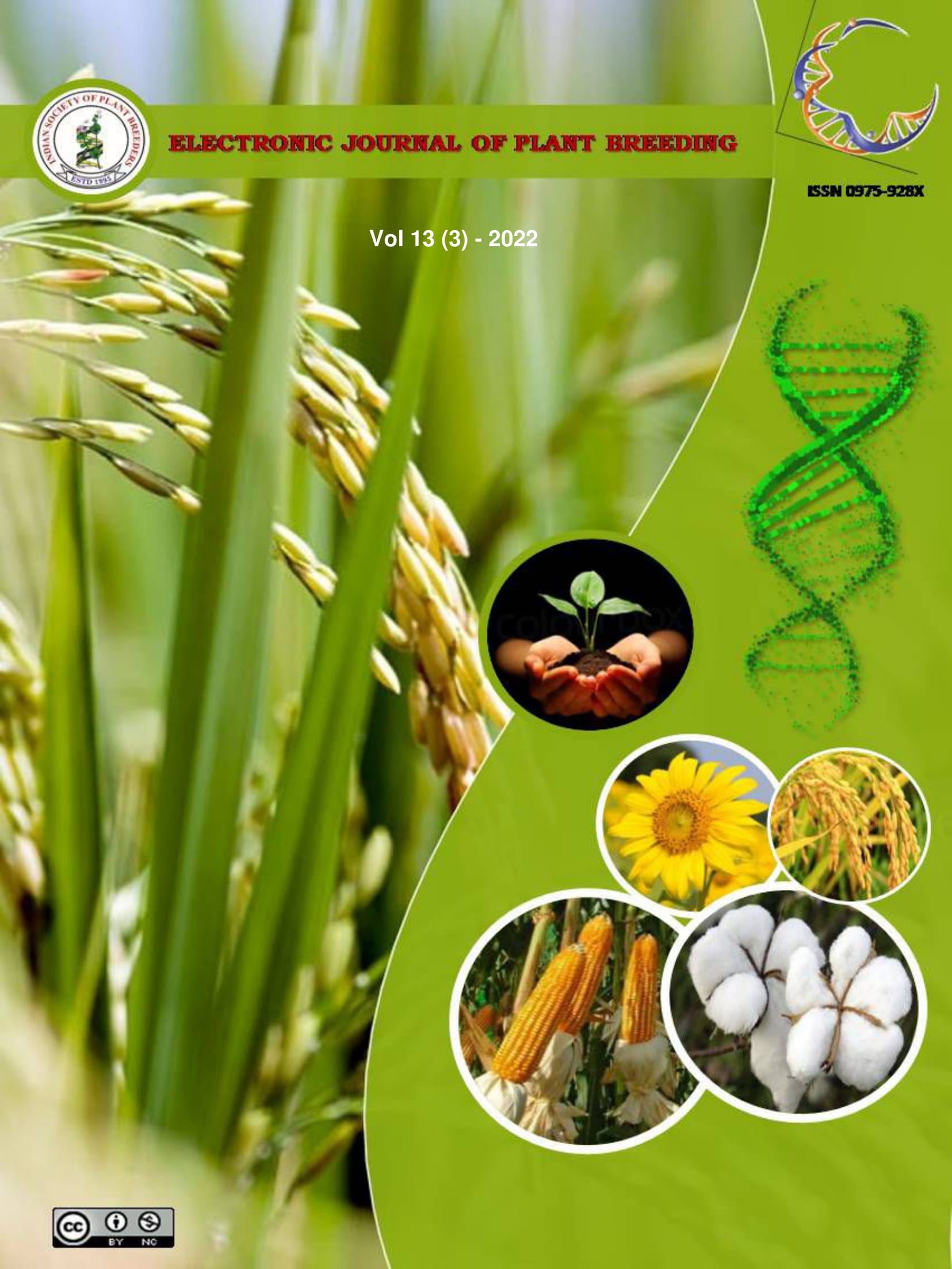CFMV 2 (GIRA): A biofortified, high grain and fodder yielding f inger millet (Eleusine coracana L. Gaertn) variety
Abstract
The nationally identified variety ‘CFMV 2/ Gira’ which is uniform maturing and developed through selection from local germplasm collected from the Dangs district of Gujarat. A finger millet biofortified variety ‘CFMV 2/ Gira’ was tested as a culture ‘WN 559’ at the State level and ‘FMV 1118’ at the National level. It was tested under different state trials at Waghai, Varanasi and Dahod centers in Gujarat from 2014 to 2020. WN-559 (3551 kg/ha) performed well with 15.02 per cent increase over local check ‘GNN-6’ while, 27.47 and 25.88 per cent grain yield superiority over national check varieties PR-202 and GPU 67, respectively. At the national level, under 28 locations under five states across India under IVT, AVT-I and AVT-II, culture FMV-1118 recorded on an average 2950 kg/ha of grain yield which was 20.7, 32.6, 6.70, 7.70 and 14.4 per cent higher than national checks GPU-45, VL-352, GPU-67, PR-202 and VL-376, respectively in All India Coordinated trials conducted at Andhra Pradesh, Chhattisgarh, Gujarat, Maharashtra and Odisha. Proposed entry ‘FMV-1118’ yielded 8588 kg/ha of fodder yield with 12.3, 38.8, 11.11, 9.10 and 29.6 per cent increased yield over national checks GPU-45, VL-352, GPU-67, PR-202 and VL-376, respectively. It is medium duration, synchronous maturity (115 to 125 days) with profuse productive tillers and non-lodging culture suitable for rainfed cultivation. The proposed culture was found to be good in nutritional properties particularly high calcium, iron, phosphorous and also a good amount of protein and minerals. With respect to pests and diseases, it was found superior to checks and moderately resistant for the same. It is with bold grain size, non shattering habit of panicle with plant type and nonlodging with semi-compact panicle. Considering the need for medium duration cultivars, the Central Finger Millet Variety (CFMV-2/Gira) a high yield potential genotype with desirable grain quality and moderately resistant to foot rot and blast disease was released by the AICRP-Small Millets, IIMR, Hyderabad as a biofortified and high yielding finger millet variety for the states viz., Andhra Pradesh, Chhattisgarh, Gujarat, Maharashtra and Odisha.

